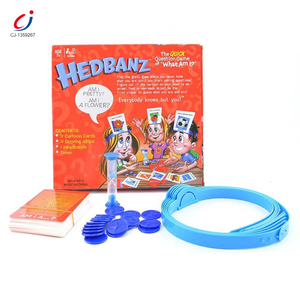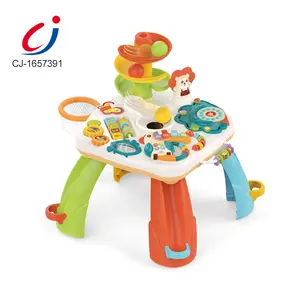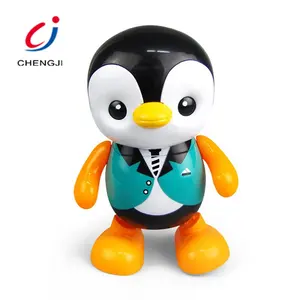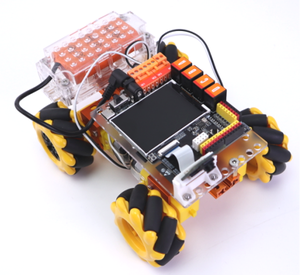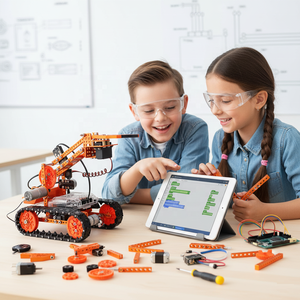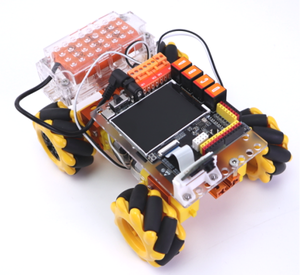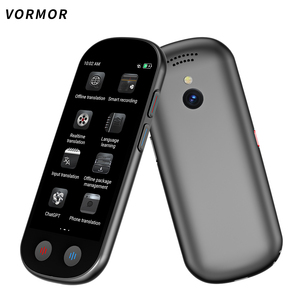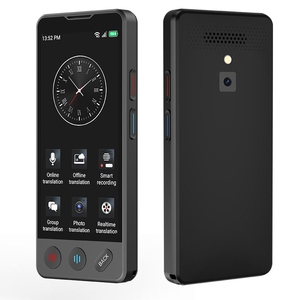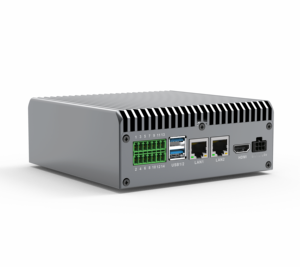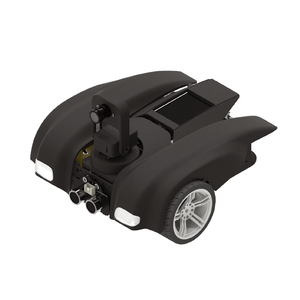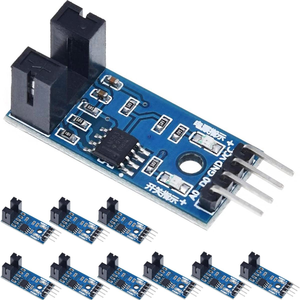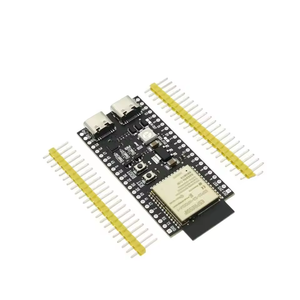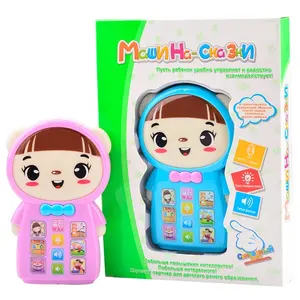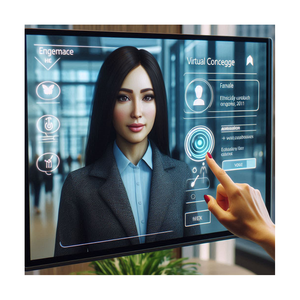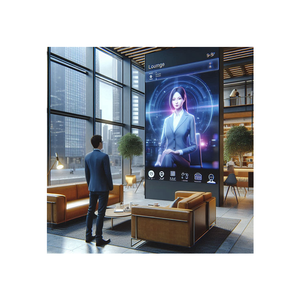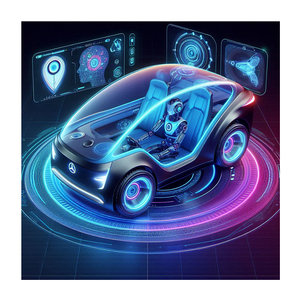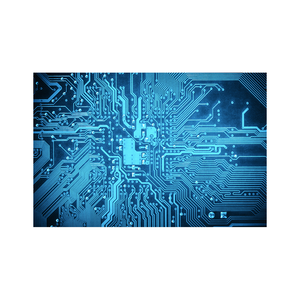Types Of Machine Learning



 Top sponsor listing
Top sponsor listing









 1/3
1/3



 1/3
1/3



 1/2
1/2



 1/3
1/3




 1/3
1/3





 1/17
1/17



 1/1
1/1

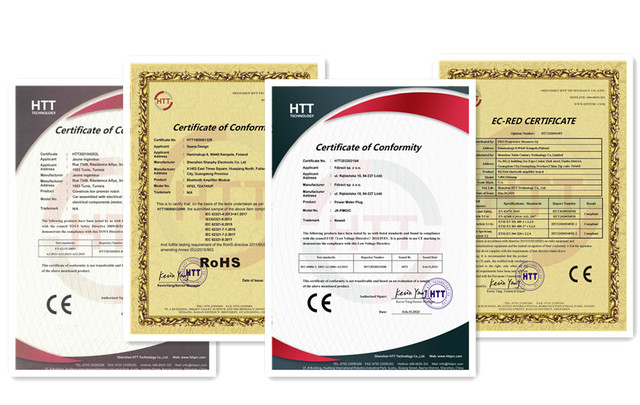

 1/3
1/3







 1/21
1/21

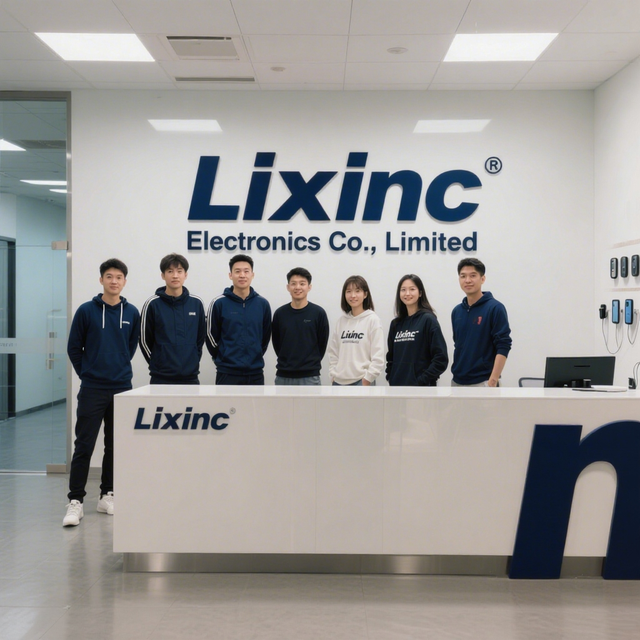
 1/1
1/1


 0
0



 1/3
1/3



 1/3
1/3


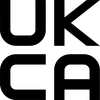





 1/3
1/3



 1/3
1/3



 1/3
1/3




 1/3
1/3
About types of machine learning
Where to Find Machine Learning Educational Device Suppliers?
China leads global production of machine learning-enabled educational devices, with key manufacturing clusters concentrated in Guangdong and Fujian provinces. Shenzhen serves as the primary hub for smart electronics integration, offering access to advanced PCBA fabrication, voice recognition modules, and AIoT components. This region supports rapid prototyping and scalable assembly, enabling suppliers to deliver dual-screen learning machines, programmable robotics kits, and intelligent drawing boards within compressed timelines.
The industrial ecosystem benefits from vertically integrated supply chains—semiconductors, LCD screens, battery systems, and injection-molded casings are sourced within 100km radii, reducing material lead times by 25–40%. Buyers gain access to manufacturers capable of handling low-volume R&D batches (as small as 10 units) and high-volume orders exceeding 10,000 pieces monthly. Average production cycles range from 15–30 days post-sample approval, with customization flexibility across firmware, language support, and physical design parameters.
How to Choose Machine Learning Educational Device Suppliers?
Procurement decisions should be guided by technical capability, operational reliability, and compliance verification:
Product & Technical Scope
Prioritize suppliers offering documented AI/ML functionality such as speech recognition, gesture tracking, or onboard neural network processing (e.g., K210-based platforms). Confirm compatibility with STEM curricula through available teaching resources, API documentation, or SDKs. Devices integrating LLMs (Large Language Models), TTS (Text-to-Speech), or BLE/GNSS positioning indicate higher technical sophistication.
Manufacturing & Customization Capacity
Evaluate suppliers based on:
- In-house R&D teams supporting firmware customization (language, UI, interactive content)
- Flexible MOQs: Leading suppliers accommodate trial orders from 10–500 units
- Design modification capabilities: screen size, color schemes, packaging, logo imprinting, multilingual labeling
- Material traceability and RoHS compliance for children’s products
Cross-reference product listings with actual device specifications to ensure “machine learning” claims reflect genuine adaptive algorithms rather than pre-programmed responses.
Quality Assurance & Transaction Security
Verify performance metrics where available:
- On-time delivery rates above 95%
- Response times under 4 hours for inquiry resolution
- Reorder rates indicating customer retention (e.g., >30% suggests strong satisfaction)
Request sample testing to evaluate build quality, screen responsiveness, battery life, and software stability. Use secure payment mechanisms that link disbursement to shipment verification, especially when engaging newer suppliers without long-term transaction histories.
What Are the Best Machine Learning Educational Device Suppliers?
| Company Name | Main Products | Online Revenue | On-Time Delivery | Response Time | Reorder Rate | Customization Options | Notable Product Features |
|---|---|---|---|---|---|---|---|
| Shantou Chengji Toys & Gifts Co., Ltd. | Educational Toys, Pretend Play, Building Sets | US $380,000+ | 97% | ≤4h | 19% | Color, material, size, logo, packaging, graphics | Broad portfolio with focus on preschool learning systems |
| Shenzhen Newlight Industrial Co., Ltd. | LCD Drawing Boards, Dual-Screen Learning Machines | US $360,000+ | 99% | ≤4h | <15% | Screen size, brightness, color, language, battery, weight, design | Highly customizable monochrome/multicolor LCD interfaces |
| Weeemake Steam Tech Co., Ltd. | AI Robotics Kits, STEM Boards, Educational Starters | US $290,000+ | 92% | ≤2h | 35% | Firmware, hardware configuration, educational content | K210-powered AI motion detection, open-source learning platforms |
| Shantou Capable Toys Co., Ltd. | Talking Flash Cards, Spelling Machines, Smart Phones | US $50,000+ | 100% | ≤8h | <15% | Language, function set, audio content, form factor | Multilingual (English/Spanish) learning devices with 130+ functions |
| GMIC AI Inc | Smart Robots, AI Headsets, Speech Recognition Devices | Not disclosed | Not disclosed | ≤4h | Not disclosed | Voice models, LLM integration, TTS, BLE/GNSS features | ChatGPT-integrated headsets, AI chat robots with TTS synthesis |
Performance Analysis
Shenzhen-based suppliers like Newlight and GMIC AI demonstrate strong technical specialization in electronic integration and AI-driven interactivity, while Shantou manufacturers focus on cost-effective, mass-market educational toys. Weeemake stands out with a 35% reorder rate and AIoT-focused product line, indicating strong buyer confidence in its STEM education solutions. Shantou Capable achieves perfect on-time delivery despite lower reorder volume, suggesting reliable execution for standardized orders. GMIC AI offers cutting-edge features such as ChatGPT connectivity but lacks verifiable delivery and revenue data, representing higher due diligence requirements. Buyers seeking deep customization should prioritize suppliers with documented R&D capacity and flexible MOQs below 500 units.
FAQs
How to verify machine learning functionality in educational devices?
Request demonstration videos showing real-time adaptation, voice command learning, or gesture recognition. For advanced systems, ask for SDK access or proof of onboard processors like K210 or ESP32-AI. Distinguish between pre-recorded responses and true algorithmic learning behavior.
What is the typical MOQ for customized learning machines?
MOQs vary by complexity: LCD drawing boards start at 10–50 units; AI robotics kits require 2–50 sets; fully customized designs with new molds may require 500+ units. High-volume pricing typically applies at 1,000+ units.
Are these devices compliant with international safety standards?
Most suppliers claim RoHS and CE compliance for EU markets and FCC certification for North America. Request test reports for EN 71 (toys), IEC 62115 (electric toys), or similar standards. Battery-operated devices must meet UN38.3 for air transport.
Can suppliers provide multilingual support in learning devices?
Yes, leading suppliers offer firmware localization in English, Spanish, French, German, and Arabic. Voice output customization requires additional development time (7–14 days) and may affect MOQs.
What is the average sampling timeline for machine learning devices?
Standard samples take 7–15 days for existing models. Customized units with new software or housing extend to 20–30 days. Air shipping adds 5–10 days globally. Budget 4–6 weeks from inquiry to hands-on evaluation.



